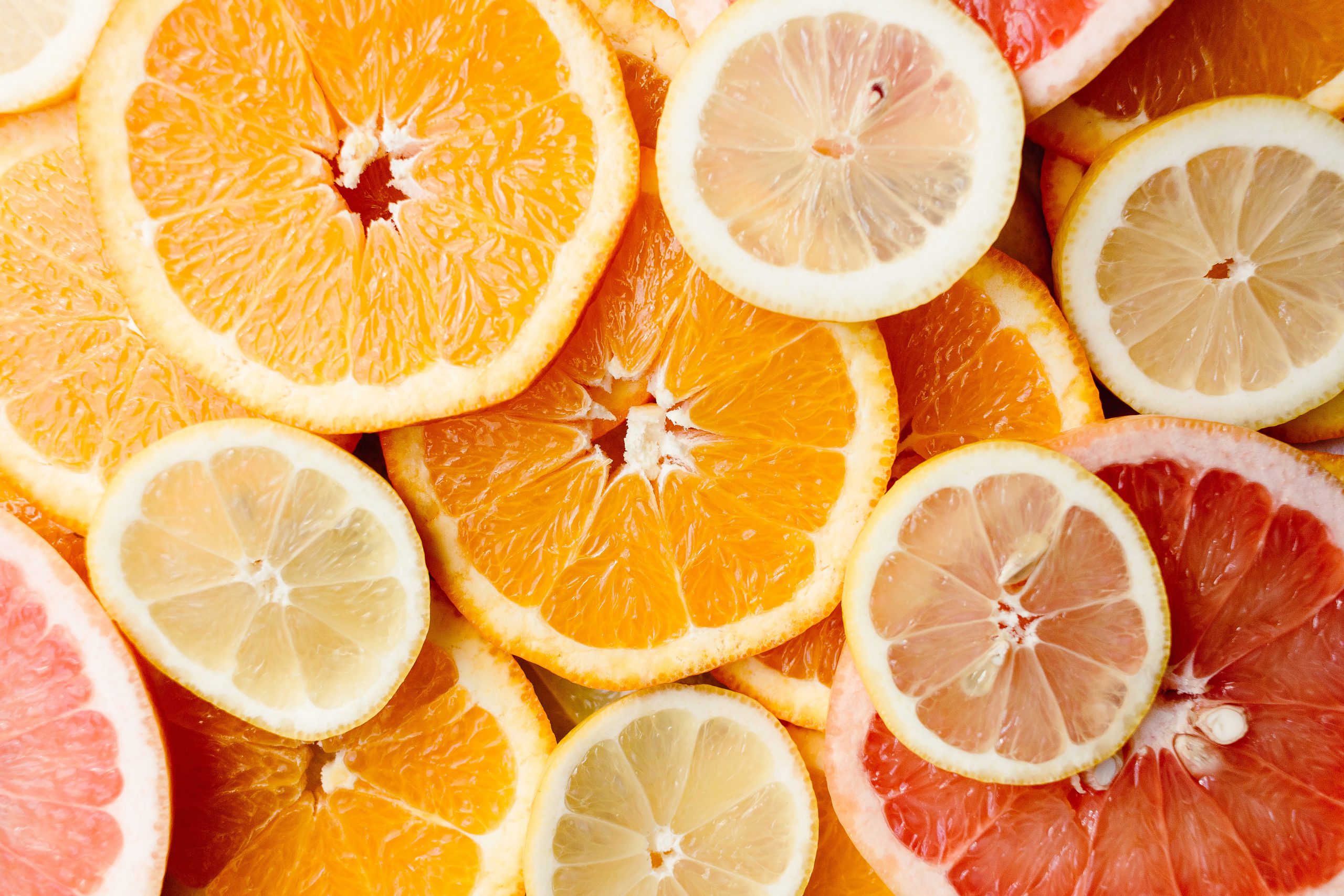Dietitian Blog, MNT Guidelines | May 12 2020
NEAP: A modern application of the “Acid/Alkaline Ash” diet

Net endogenous acid production (NEAP) is a measure of the difference between a food’s acid-producing components and its alkaline-producing components.1 Although it is a relatively new term, the concept is not; the literature on “acid/alkaline ash” diets and the “renal acid loads” of foods dates back over 100 years.2
What is NEAP?
Many scientific studies have been published on the effects of manipulating dietary acid- and alkaline-precursors on conditions such as phenylketonuria, kidney stones, hypertension and osteoporosis.3 Various estimating equations* are used to predict if a food will have an acidifying or an alkalinizing effect and, consequently, either mitigate or exacerbate metabolic acidosis. These equations (like energy estimating equations) provide only a ballpark figure regarding how a given food or beverage will metabolize in the body. The higher the NEAP value, the more acid-producing the food. Negative NEAP values indicate that the food has an alkalinizing effect. Higher protein foods such as meat and cheese have higher NEAP values, while potassium- and magnesium-rich foods, such as fruits and vegetables, generally have negative NEAP values.
What’s the latest research on NEAP?
Although still controversial, current evidence suggests that, for the general population, consuming a more alkalinizing diet probably does not have the positive effect on bone mineral density once thought to be the case. However, decreasing acid load and bolstering intake of alkaline-precursors may lead to better bone health in certain populations, such as the elderly, whose ability to excrete excess acid may be compromised due to diminished renal function.
The relevance of NEAP to chronic disease management was recently in the spotlight when the proposed clinical practice guidelines for nutrition in chronic kidney disease were unveiled in 2019.4 The draft of these nutrition guidelines suggest that those with chronic kidney disease (CKD) stages 1 through 4 reduce net acid production by increasing dietary intake of fruits and vegetables in order to slow the progression of kidney function decline.1 The studies upon which this guideline is based are fascinating. One study demonstrated that correcting metabolic acidosis (assessed by serum bicarbonate concentrations) by increasing fruit and vegetable intake from 1 cup to 3 cups per day significantly decreased the rate of eGFR decline in people with CKD stage 3.5 The landmark Diet and Major Renal Outcomes Study found that, among over half a million American adults aged 51 to 70 years, those who followed a Mediterranean, DASH or similar high fruit and vegetable/low red meat eating pattern had at least a 15% lower risk of CKD-related deaths and dialysis.6
Meal planning using NEAP
All fruits and vegetables contain alkalinizing minerals but they also contain a wide variety of organic acids. Some of these organic acids, such as citrate and malate, are base-forming while others, such as tartrate and benzoate, are acid-producing. Therefore, while most fruits and vegetables are alkalinizing, some are not.7 RDNs can fine-tune the general dietary recommendation for a bountiful intake of fruits and vegetables and frugal meat consumption by using the table below (based on the Potential Renal Acid Load of Food [PRAL]3). For example, banana is an acid-precursor, while raisins, with a PRAL of -8.4, are potent base-producers. Adding raisins to oatmeal instead of a banana significantly increases the alkalinizing effect of the breakfast meal. (Note that if the portion size is different from that listed, the PRAL will also be different. For example, for 2 eggs, the PRAL would be 9.4 [4.7 x 2].) Click here for a list PRAL levels for commonly consumed foods.3,7
* The estimating equation for NEAP is 54.5 × [protein intake (g/day)/potassium intake (mEq/day)) − 10.21. A similar value, known as PRAL (Potential Renal Acid Load), is the sum of all non-bicarbonate anions (Cl–, PO43-, SO4 2-) minus the sum of all mineral cations (Na+, K+, Ca2+, Mg2+)3.
Dietitians On Demand is a nationwide staffing and recruiting company for registered dietitians, specializing in short-term, temporary and permanent-hire positions in acute care, long term care and food service positions. We’re dedicated to dietitians and helping them enhance their practice and excel in the workplace. Check out our job openings, request your coverage, or visit our store today!
References:
National Kidney Foundation and the Academy of Nutrition and Dietetics (2019), Clinical Practice Guidelines for nutrition in Chronic Kidney Disease: 2019 Update. Public Review DRAFT. https://www.kidney.org/sites/default/files/Nutrition_GL%2BSubmission_101719_Public_Review_Copy.pdf, accessed 19 March 2020.
Frassetto L, Banerjee T, Powe N, Sebastian A. Acid balance, dietary acid load, and bone effects: A controversial subject, Nutrients 2018;10,517; doi:10.3390/nu10040517
Remer T & Manz F, Potential renal acid load of foods and its influence on urine pH, J Am Diet Assoc. 1995;95:791-7
Steiber AL (2019, May). KDOQI Guidelines Update. In Harold Szerlip, MD, FNKF (Chair), National Kidney Foundation 2019 Spring Clinical Meetings conducted in Boston MA.
Goraya N, Munoz-Maldonado Y, Simoni J, Wesson DE. Fruit and vegetable treatment of chronic kidney disease-related metabolic acidosis reduced cardiovascular risk better than sodium bicarbonate, American Journal of Nephrology 2019;49:438-448.
Smyth A, Griffin M, Yusuf S, et al. Diet and major renal outcomes: A prospective cohort study. The NIH-AARP diet and health study. J Ren Nutr 2016;26(5):288-298.
Passey, C. Reducing the dietary acid load: How a more alkaline diet benefits patients with chronic kidney disease. J Ren Nutr 2017;27(3):151-160
Who we are
Dietitians On Demand is the nationwide leader in providing dietitians with jobs they love. If flexibility, competitive pay, a full benefits package, free CPEUs each month and a team dedicated to dietitians sound good to you, apply to our positions today.





